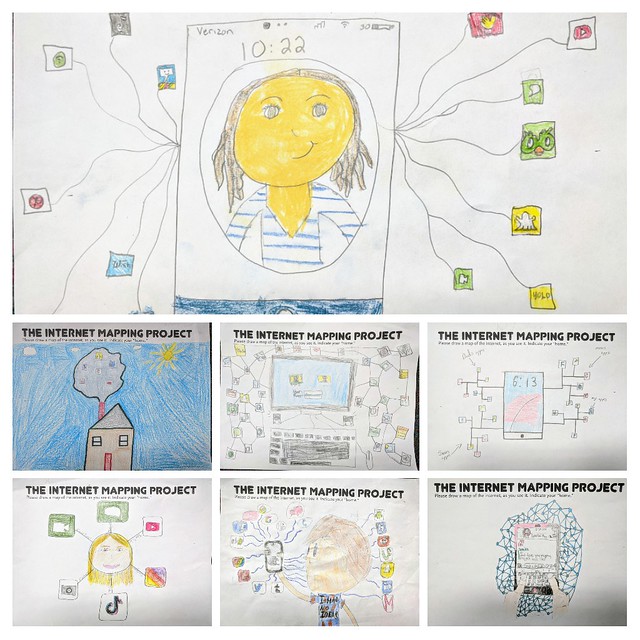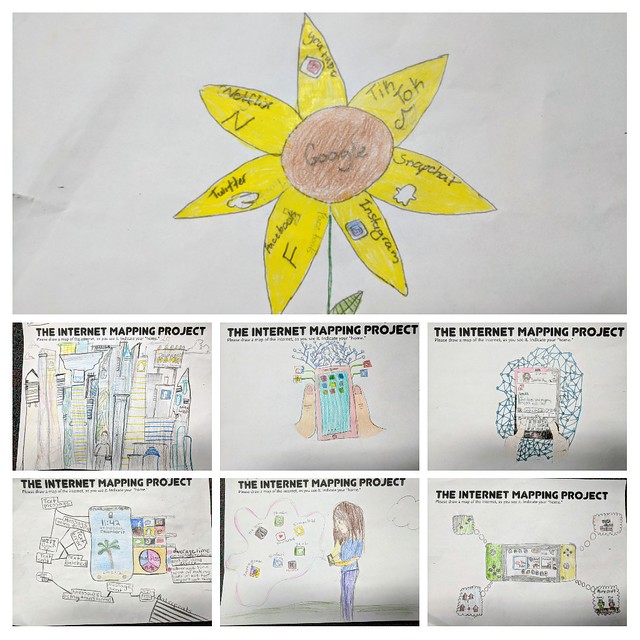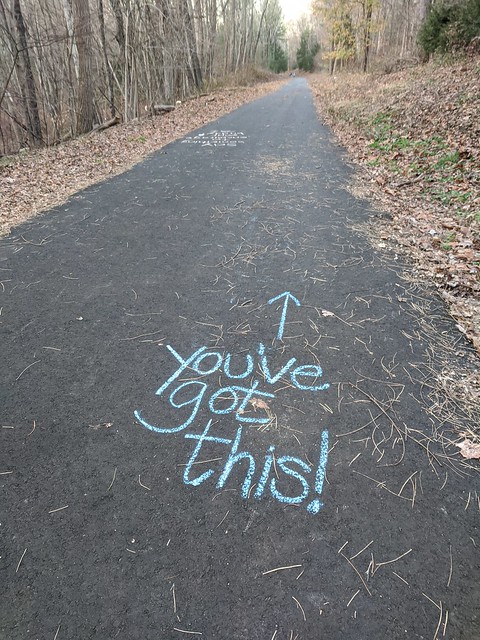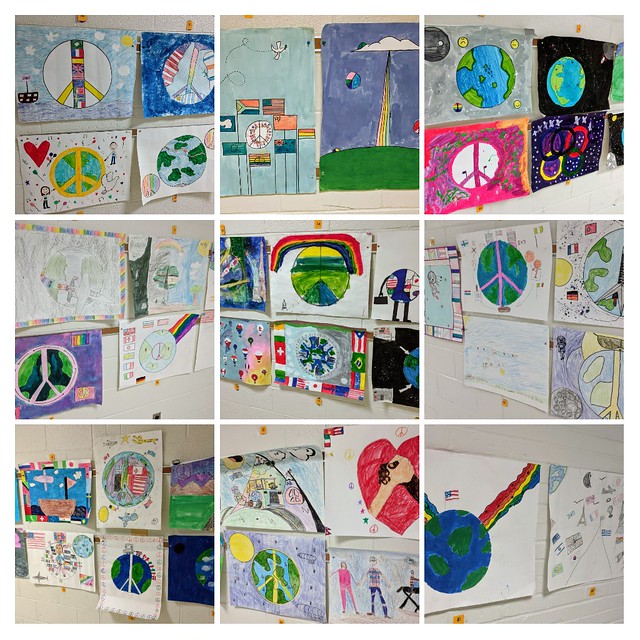 I’m slowly reading and digesting, and appreciating, the National Council of Teachers of English revised definition of Literacy in a Digital Age, and I am appreciating the depth of the inquiry.
I’m slowly reading and digesting, and appreciating, the National Council of Teachers of English revised definition of Literacy in a Digital Age, and I am appreciating the depth of the inquiry.
Over the coming days (or weeks), I hope to explore some various aspects of their work, as digital literacy is a concept that I, too, have been pondering on for some time as a teacher and writer, and have struggled at times to put it all into words that seem large enough to encompass the changing literacy landscape and narrow enough to stay focused on literacy practice.
The words “interconnected, dynamic and malleable” stuck out for me in the opening introduction. Those three words say a lot about how we can look at literacy in the age of screens and Connected Learning practices and more.
- Interconnections, as in the ways we can collaborate with others, find information across platforms, and write our way across platforms and online spaces
- Dynamic, as in we can leverage multimedia to amplify our voice, our message, our connections (or we can choose not to, and write with quiet, too)
- Malleable, as in we have flexibility for the ways in which we write, and share, depending upon situation and circumstance, and audience, and need
The NCTE researchers then dive deeper into how these elements play out across themes of literacies, access, social justice and more.
Active, successful participants in a global society must be able to
- Participate effectively and critically in a networked world;
- Explore and engage critically, thoughtfully, and across a wide variety of inclusive texts and tools/modalities;
- Consume, curate, and create actively across contexts;
- Advocate for equitable access to and accessibility of texts, tools, and information;
- Build and sustain intentional global and cross-cultural connections and relationships with others so to pose and solve problems collaboratively and strengthen independent thought;
- Promote culturally sustaining communication and recognize the bias and privilege present in the interactions;
- Examine the rights, responsibilities, and ethical implications of the use and creation of information;
- Determine how and to what extent texts and tools amplify one’s own and others’ narratives as well as counter unproductive narratives;
- Recognize and honor the multilingual literacy identities and culture experiences individuals bring to learning environments, and provide opportunities to promote, amplify, and encourage these differing variations of language (e.g., dialect, jargon, register). — from NCTE
Peace (thinking on it),
Kevin









